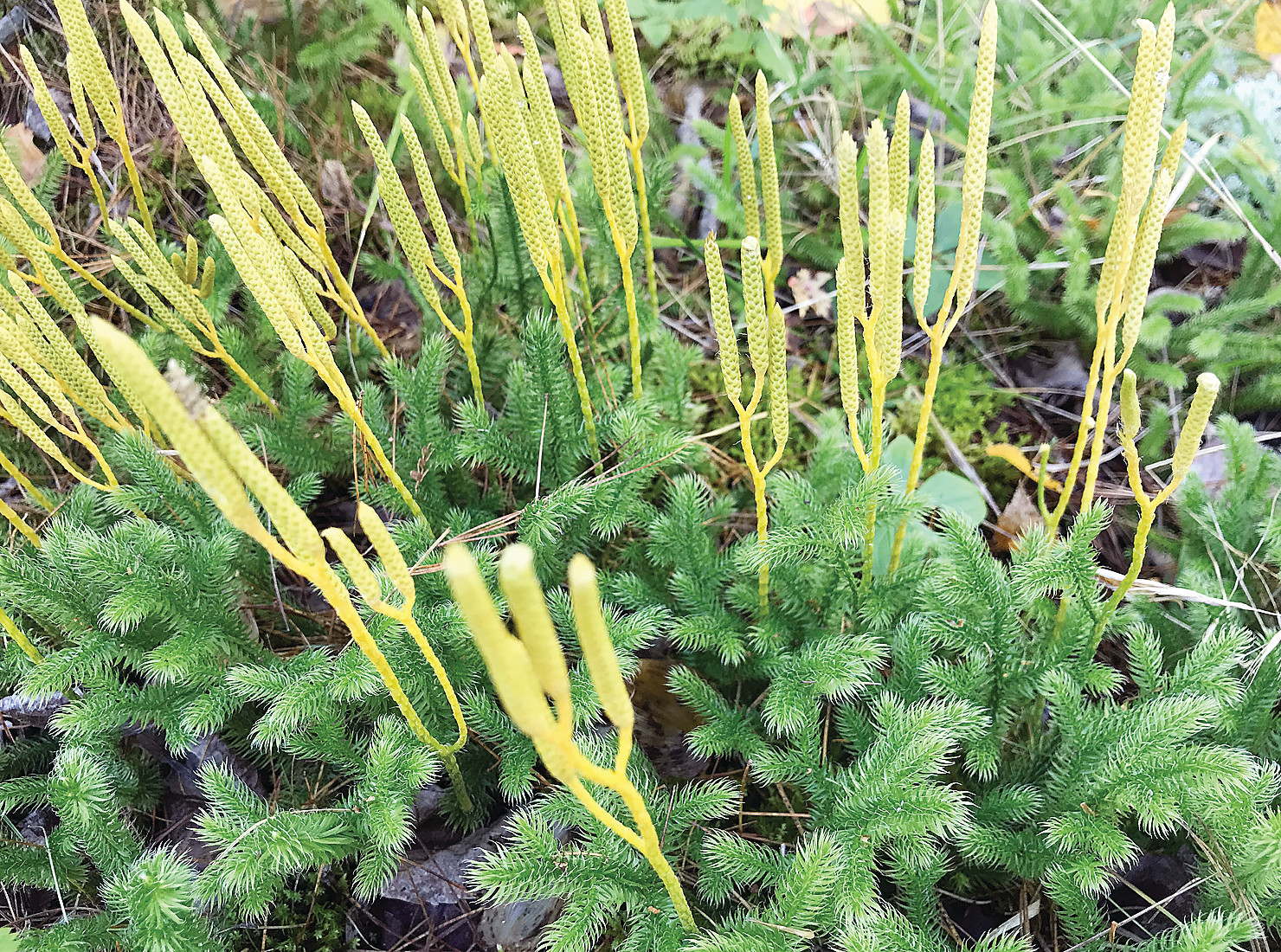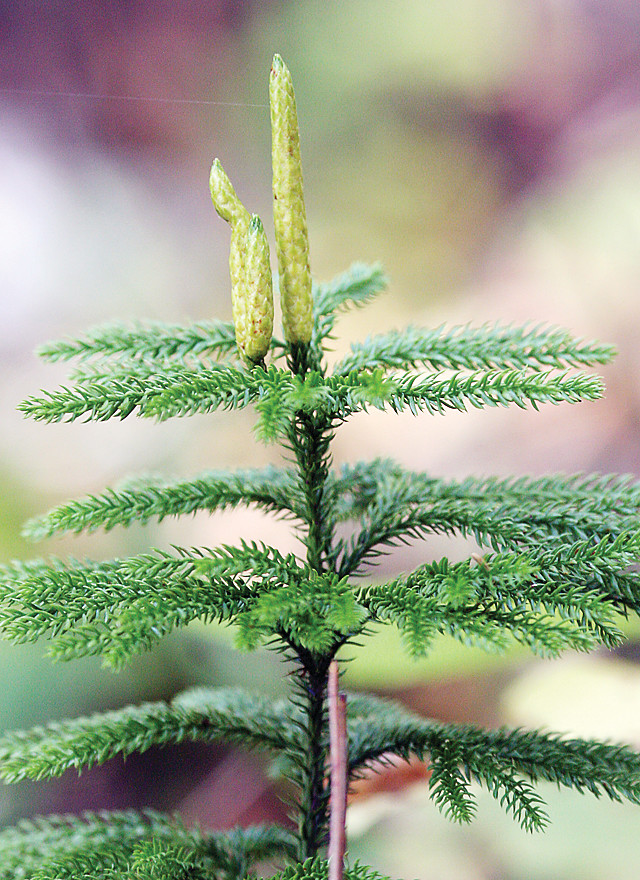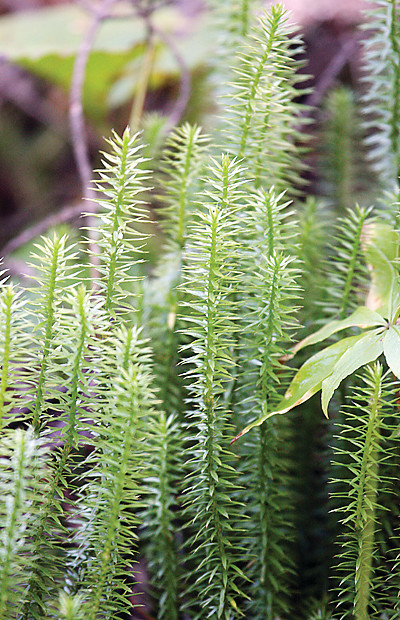Support the Timberjay by making a donation.
Season of the lycopodium
The club mosses are their own class of “evergreens”
It’s that season of transition here in the northwoods, from flaming reds and yellows to the browns and grays that are soon to follow. But despite the season, one group of forest plants retains its …
This item is available in full to subscribers.
Attention subscribers
To continue reading, you will need to either log in to your subscriber account, or purchase a new subscription.
If you are a current print subscriber, you can set up a free website account and connect your subscription to it by clicking here.
If you are a digital subscriber with an active, online-only subscription then you already have an account here. Just reset your password if you've not yet logged in to your account on this new site.
Otherwise, click here to view your options for subscribing.
Please log in to continue |
Season of the lycopodium
The club mosses are their own class of “evergreens”
It’s that season of transition here in the northwoods, from flaming reds and yellows to the browns and grays that are soon to follow. But despite the season, one group of forest plants retains its bright greens, even when the snow begins to fly.
Most folks in our area know these plants as “princess pine,” although that typically refers to one particular species of a group of ancient plants known collectively as the club mosses, or lycopodium.
Four hundred million years ago, these primitive plants grew to the size of large trees, but that was in an age before the flowering plants came to dominate the planet. These days, the club mosses exist mostly as diminutive relics hiding out on the forest floor.
They grow slowly and spread primarily through runners that often develop right on the ground’s surface. They are extremely shade tolerant, but seem to do best when they receive at least a little filtered light during parts of the day. We have at least a dozen species here in northern Minnesota, including the princess pine, or ground pine, which looks, as it names suggests, like a miniature pine tree. At least as common are the running ground pine, which grows like a branching vine sprawling across the forest floor, and the shining club moss, a coarser-leaved species that grows a bit more vertically than the running pine and is a deeper green. The ground cedar is another species, which is easier to distinguish from the other club mosses because the plants appear to be tiny white cedar trees.
Despite their name, club mosses are not mosses at all. They are more closely related to ferns and other small plants that, unlike mosses, are advanced enough to have vascular tissue, which helps to distribute moisture and nutrients throughout the plant, much like blood vessels in animals. But as with the mosses, the lycopodium reproduce through the use of spores, not the seeds produced by modern flowering plants.
Seeds are created by the combination of both male and female gametes from a flowering plant, so they contain the full complement of genetic material needed to grow the next generation of the plant. That’s not the case with spores, which include only half the number of chromosomes and don’t, by themselves, develop into a mature plant of the same species. Instead, they grow into a tiny organism, sometimes underground, that we very rarely ever see. This tiny plant grows for the sole purpose of creating male and female gametes that can combine, usually after rain or in morning dew. Once combined, the resulting zygote grows into the form that we see when we walk in the woods.
The fall is the time of year when the club mosses are actively creating spores. This takes place in yellowish sporangia that usually grow atop two-to-six-inch stems. These sporangia have a club-like shape, which undoubtedly accounts for their name. The spores are yellow and can appear like yellow smoke this time of year if you happen to walk through a patch of brush some of the clubs with your hand. These spores have been used by humans for years for a variety of purposes. They repel water and have been used as a replacement for talcum powder. The spores are also highly flammable and were used for many years on stage or in photography as flash powder.
Most often, of course, these plants are used in our area to provide greenery for the holidays. In some places, these plants were overharvested for such purposes. They’re slow growing, so it can take a while for them to recover from such excesses. Up here, the supply is unlikely to be overtaxed by the occasional harvest, so picking some for a wreath or two shouldn’t cause any harm, although you might need a permit to do so on public land.
The club mosses have fallen far from their once dominant position in the world of plants. But they’re still worth a look, especially at a time of year when most other plants are fading into dormancy for the long winter.











